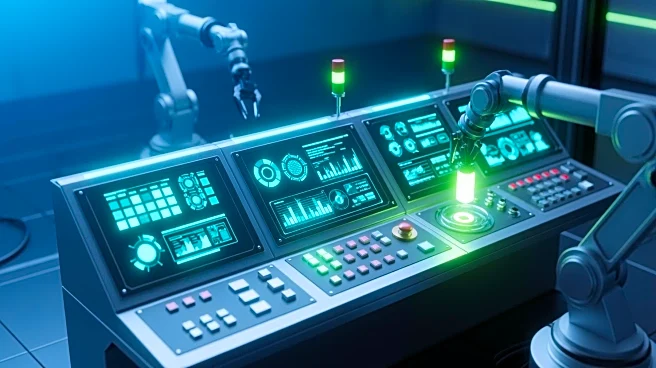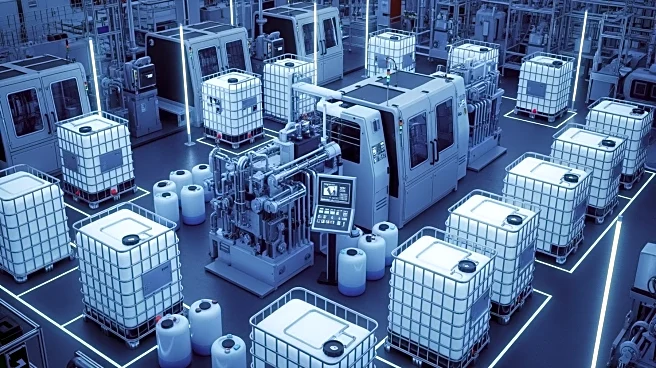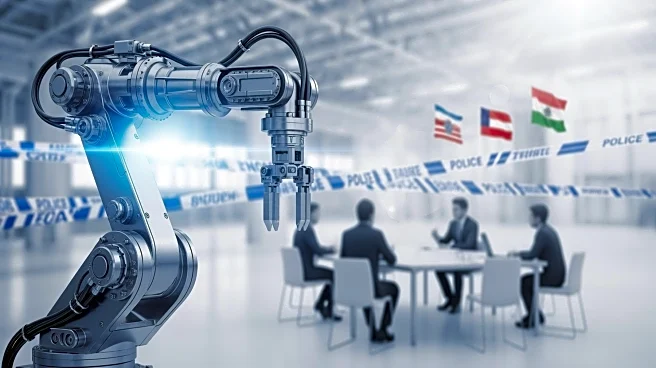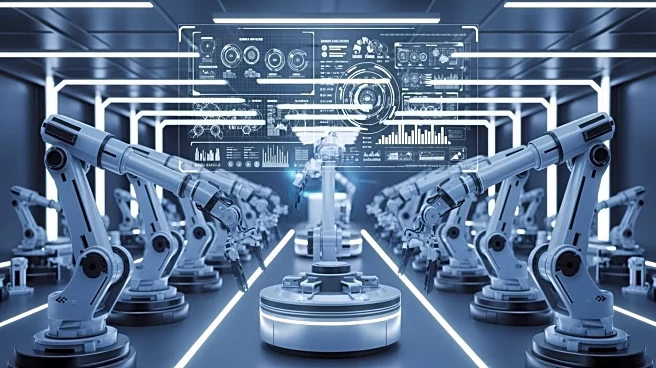What's Happening?
MTNA, a manufacturing company, has embarked on a digital transformation journey to modernize its legacy manufacturing operations. The company faced significant challenges due to the diverse and outdated
equipment across its four sites, each with different controllers, PLC platforms, and communication protocols. This lack of standardization made it difficult to connect 100 injection molding machines into a unified system. Traditionally, data collection was manual, involving workers recording production data on clipboards, which often led to errors and inefficiencies. To address these issues, MTNA adopted smart machine monitoring technologies, enabling real-time data visibility and reducing downtime. The transformation was achieved without massive capital investment, focusing instead on strategic implementation of the right tools and a scalable approach.
Why It's Important?
The modernization of MTNA's manufacturing operations is significant as it highlights the potential for digital transformation in legacy environments. By adopting smart machine monitoring, MTNA has improved operational efficiency and reduced errors, which can lead to cost savings and increased productivity. This transformation serves as a model for other manufacturing companies facing similar challenges with outdated equipment. The ability to modernize without extensive financial outlay is particularly relevant for industries looking to remain competitive in a rapidly evolving technological landscape. The success of MTNA's approach underscores the importance of strategic planning and the use of appropriate technologies in achieving digital transformation.
What's Next?
Following the successful implementation of smart machine monitoring, MTNA may continue to explore further digital transformation opportunities. This could involve integrating more advanced technologies such as artificial intelligence and machine learning to enhance predictive maintenance and optimize production processes. Additionally, MTNA's experience may encourage other companies in the manufacturing sector to pursue similar modernization efforts, potentially leading to broader industry-wide advancements in operational efficiency and competitiveness.
Beyond the Headlines
The transformation at MTNA also raises important considerations about the future of work in manufacturing. As companies adopt more automated and data-driven processes, there may be shifts in workforce requirements, with a growing need for employees skilled in digital technologies and data analysis. This could lead to changes in training and education programs to prepare the workforce for new roles in a modernized manufacturing environment.











